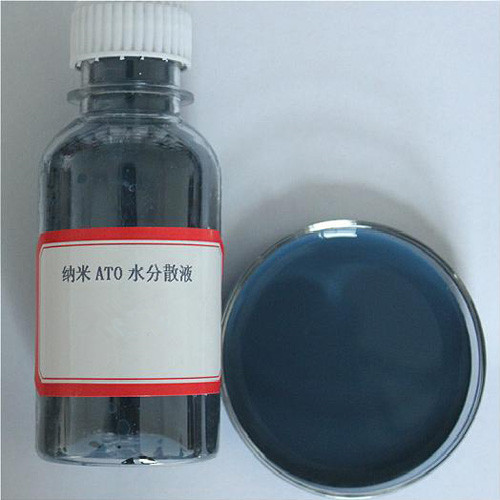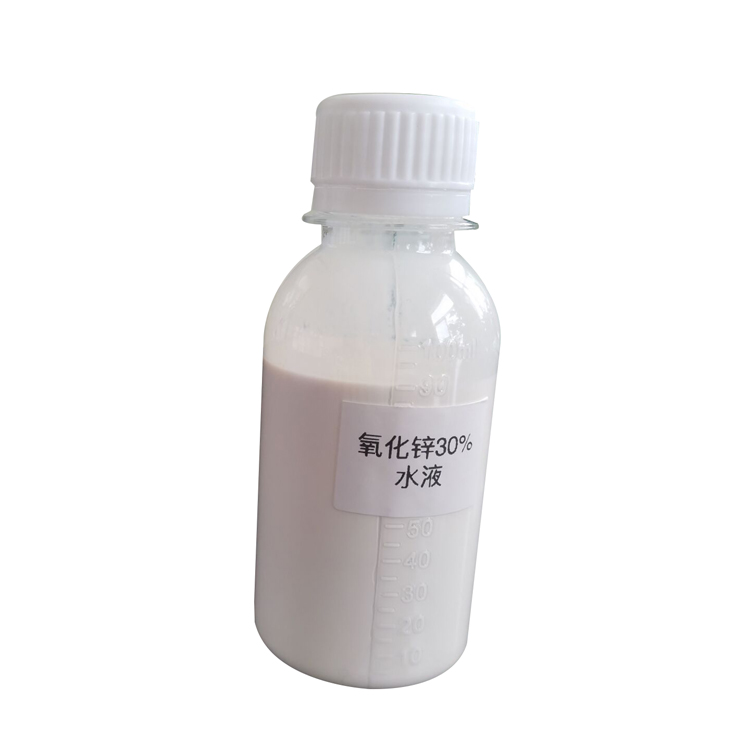When carrying out the airflow crushing process, it is usually encountered that the moisture absorption of the crushed material significantly increases, and it still absorbs water after drying. How to control it?
The first thing that comes to my mind is the crystal form and crystallinity after crushing. If the material itself is prone to moisture absorption, it is necessary to start from the perspectives of packaging, environment, etc. But this material itself is almost non hygroscopic, and the crystal structure remains unchanged after crushing. Then we need to check the crystallinity after crushing. Due to the presence of mechanical force during the crushing process, it is easy to cause lattice defects. As the defect density increases, it will eventually reach a point called the "critical defect density", at which these defects will "aggregate" and high-energy amorphous local molecular regions will appear within the crystal. The molecular mobility of disordered regions is significantly higher than that of crystalline regions, becoming accumulation points for water. In this case, it was determined that the crystallinity of the crushed material decreased. This locally amorphous region generated by the process may be significant, such as a decrease in XRD crystallinity; It may also be at a subtle level, such as XRD showing no significant changes, but mDSC detecting the glass transition point.
Disorder caused by processes is common in many processes, including: (1) breaking the lattice through mechanical stress, such as in conventional crushing for reducing particle size, rolling for increasing powder bulk density, and compressing powder into tablets; (2) Dehydration or dissolution of crystal hydrates or solvates, leading to partial collapse of the crystal lattice during the drying process; (3) During the compaction process of tablets, the crystal structure is damaged due to local temperature rise and melting, followed by cooling, and the molecules rapidly solidify to form disorder; (4) Sublimation of solids with relatively low melting points, re solidification into amorphous form after cooling; (5) In the process of adding liquid and then rapid drying, for example, in the process of high shear granulation, spray drying or polymer film coating, after the solid is partially dissolved, the molecules may rapidly precipitate and become amorphous.
However, it should be noted that local amorphous regions may bring some stability issues, such as crystal or phase transitions caused by recrystallization of amorphous areas, degradation, etc. Therefore, it is usually necessary to control the process parameters and minimize the amorphous content as much as possible.
In addition to factors such as crystallinity and crystal form, other factors that may cause an increase in moisture after crushing include:
1. The particle size decreases and the specific surface area increases, providing more sites for contact and binding with water molecules;
2. Small particles have higher surface energy than large particles, and adsorbed water molecules can cover the surface, reducing surface tension and thus lowering the surface energy of particles. Therefore, small particles with high surface energy are more inclined to adsorb water molecules.
After crushing, the material will form a large number of tiny pores and channels between particles due to the decrease in particle size. Water will spontaneously permeate through capillary action and remain in the small pores.
SAT NANO is one of the best supplier of
oxide powder and
metal powder and
carbide powder in China, if you have any enquiry, please feel free to contact us at sales03@satnano.com

























